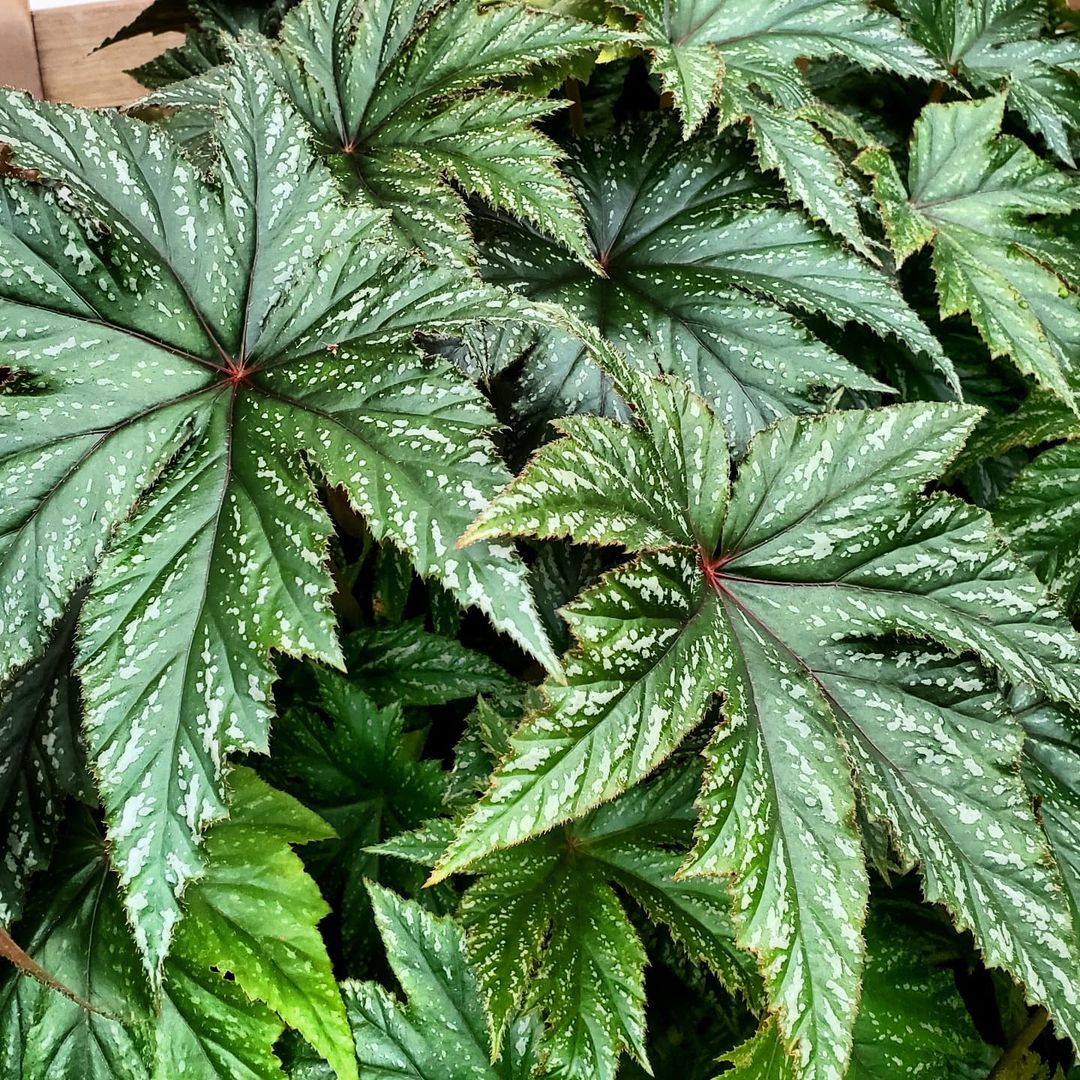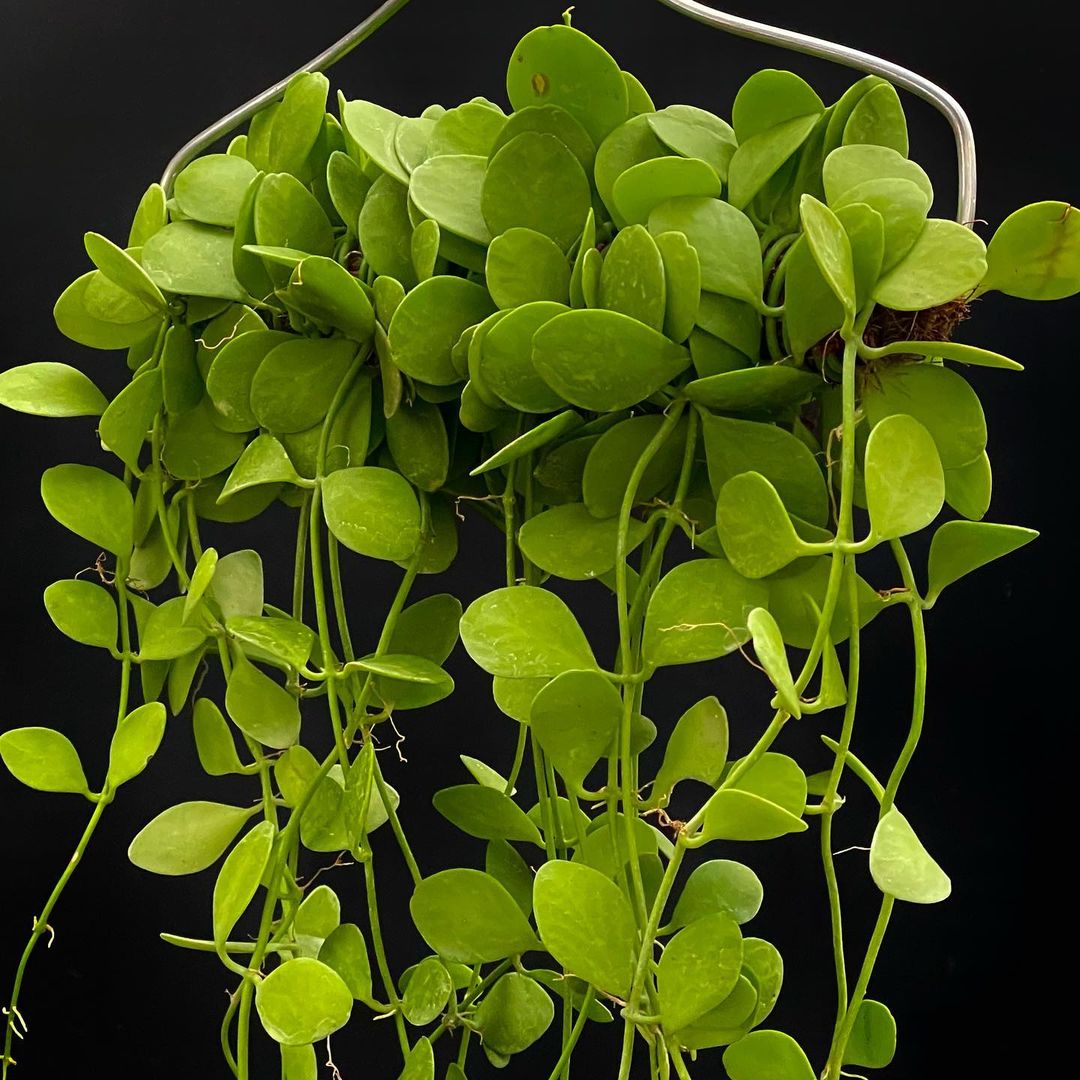Are you curious to know If Deer Eat Camellias? Find Out the answer and discover what these gentle creatures love to munch.
Camellias are ornamental plants popular for their lively flowers and glossy evergreen foliage. However, for gardeners and plant enthusiasts, the situation of deer damaging their camellias is reasonable. In this article, you will find out Do Deer Eat Camellias?
Read: Do Deer Eat Geraniums
What Deer Likes to Eat?
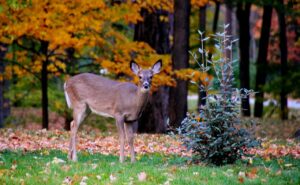
Deer are herbivores with a diverse diet that primarily includes grasses, leaves, shoots, and tender stems. While they have preferences for certain plants, their feeding habits can vary depending on the availability of food and local environmental conditions.
Do Deer Eat Camellias?
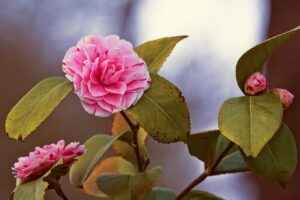
The answer to this question is contradictory. If deer see camellias, they are more likely to target younger leaves and buds. The tender foliage of young camellia plants is more palatable to deer, especially if they are still establishing their preferred food sources. So, Yes, deer eat camellias.
Different camellia species have varying levels of deer resistance. Established camellia shrubs, especially those from the Camellia sinensis variety used in tea production, contain caffeine, which acts as a deterrent for deer. The presence of caffeine in the leaves makes them less appealing to deer as a food source.
Protecting Your Camellias
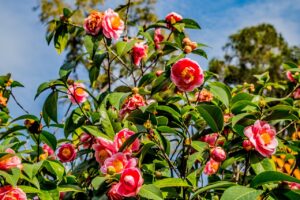
1. Physical Barriers
Physical barriers such as fences or protective netting can be highly effective for newly planted or younger camellia plants. Ensure that the barriers are tall enough to prevent deer from accessing the plants. A fence height of at least 8 feet is recommended to deter deer, as they are skilled jumpers.
2. Deer Repellents
Utilize deer repellents to discourage deer from approaching your camellias. There are various types of repellents available, including scent-based sprays and taste-based deterrents. Applying these repellents to your camellias can help create an undesirable taste or scent for deer, reducing the likelihood of damage.
3. Companion Planting
Strategically plant deer-resistant species alongside your camellias as a natural deterrent. Examples of companion plants that deer usually avoid include lavender, rosemary, yarrow, and marigolds. Surrounding your camellias with these plants can create a barrier and make them less attractive to deer.
4. Garden Design Considerations
Incorporate landscape designs that discourage deer from entering your garden. This can include creating borders with plants that deer dislike, using gravel or stone paths that deer are less likely to traverse, or installing motion-activated devices, such as sprinklers or noise-emitting devices, to startle and deter deer.
Read: Do Deer Eat Mums
How To Assist Camellia Plants in Recovering from being Eaten by Deer or Other Animals
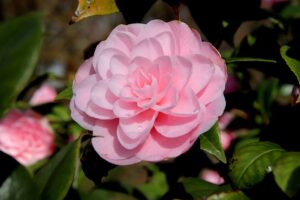
Pruning: Use clean, sharp tools to trim back the damaged stems. Cut them to the nearest healthy buds. In cases of severe damage, prune the stem all the way back to the next healthy branch. This promotes new growth and encourages the plant to recover.
Nutrient management: Deer are attracted to well-fertilized plants because they provide more nutrients. Camellia shrubs, however, do not require excessive fertilization. It is crucial to avoid applying too much fertilizer. Instead, fertilize camellias once in early spring, particularly when the flowers start to fade. This controlled fertilization will ensure the plants receive the necessary nutrients without overstimulating growth and attracting animals.
Conclusion

While deer are known to be selective in hunting, they generally avoid eating camellias. However, it is important to note that individual deer preferences may vary, and in certain circumstances, deer may nibble on camellias if other food sources are scarce. Therefore, it is advisable to use preventive measures such as fencing or deer repellents to protect camellias from potential deer damage.


